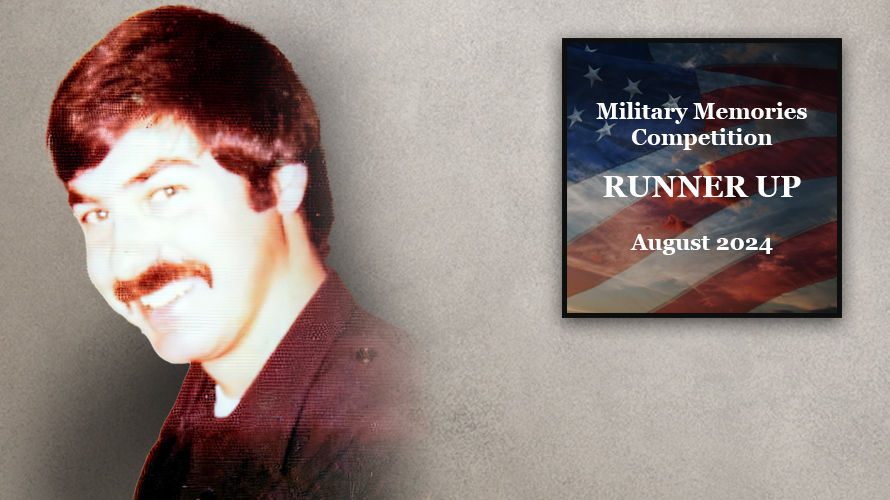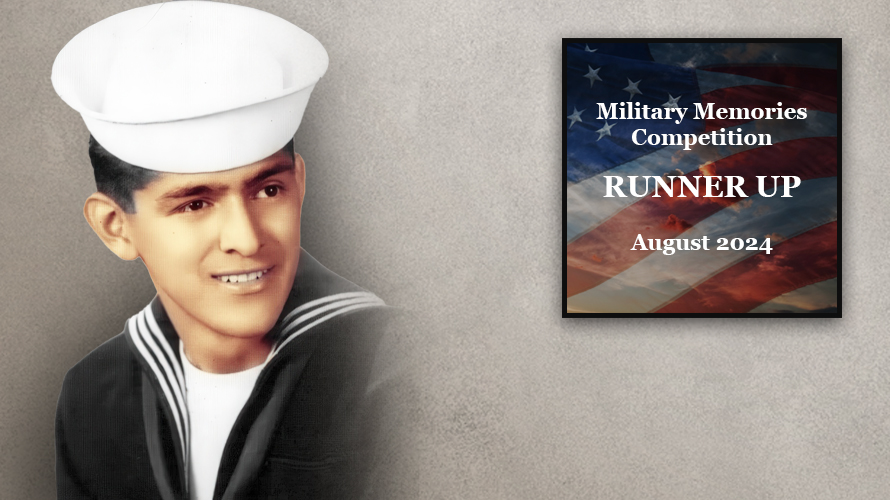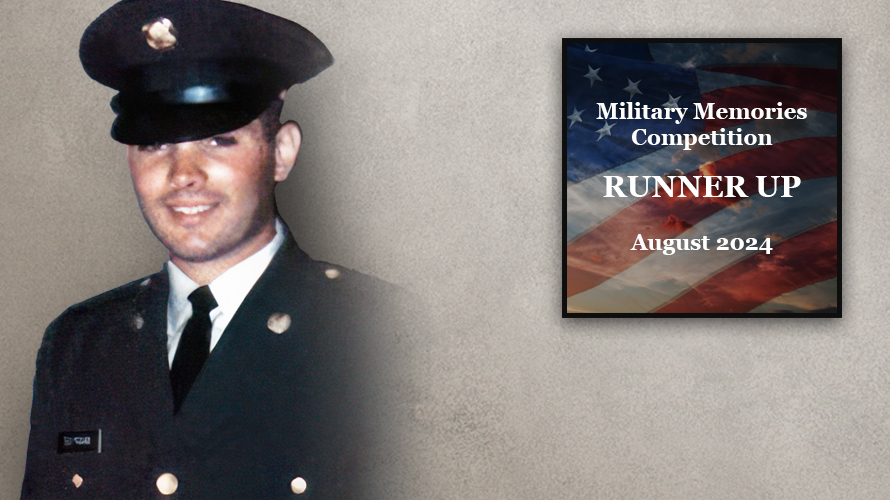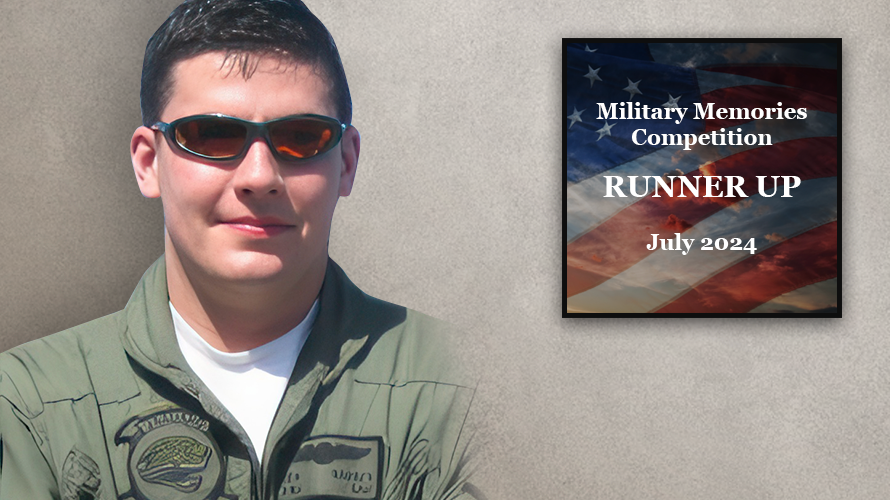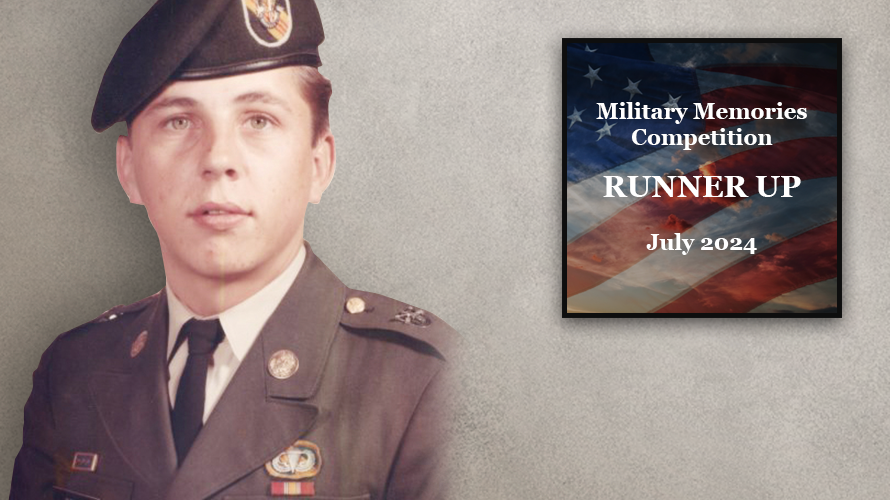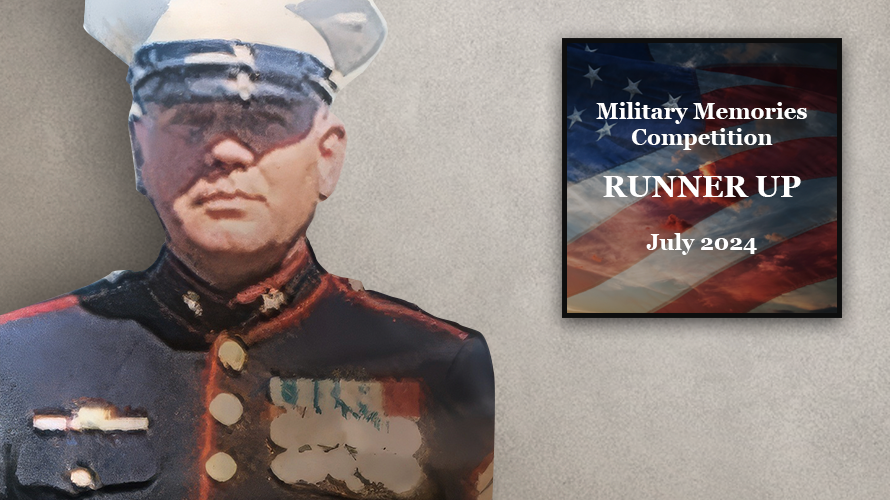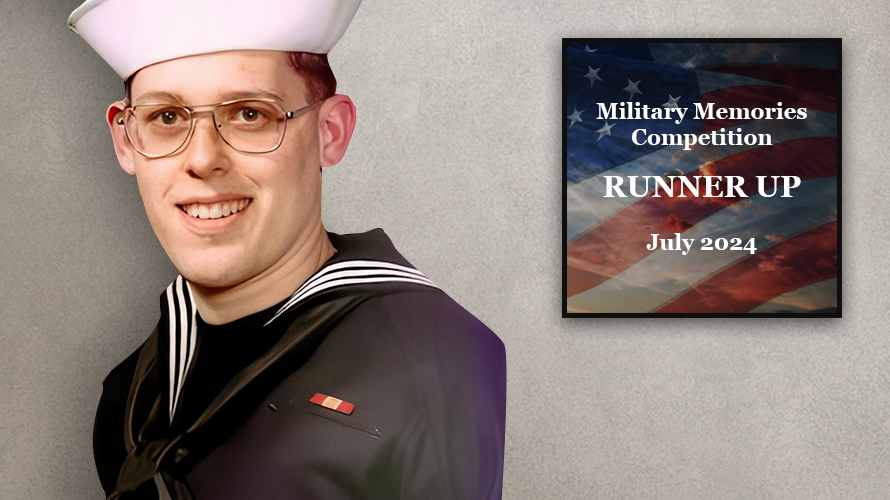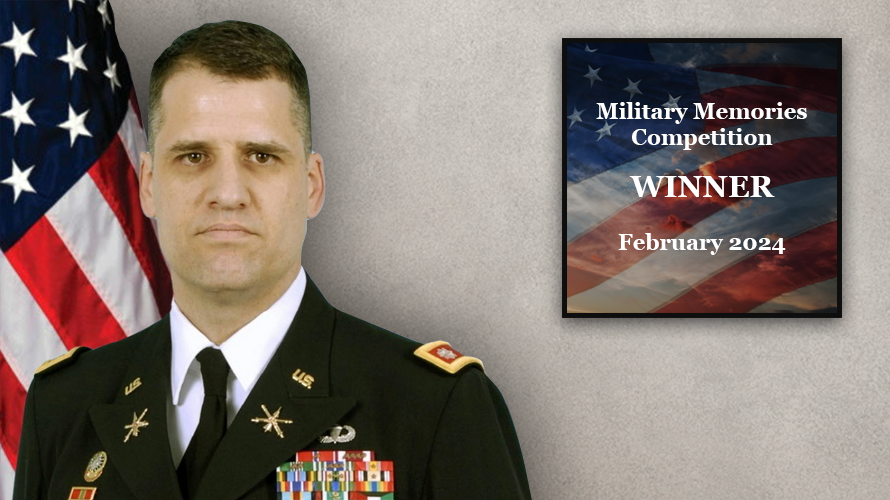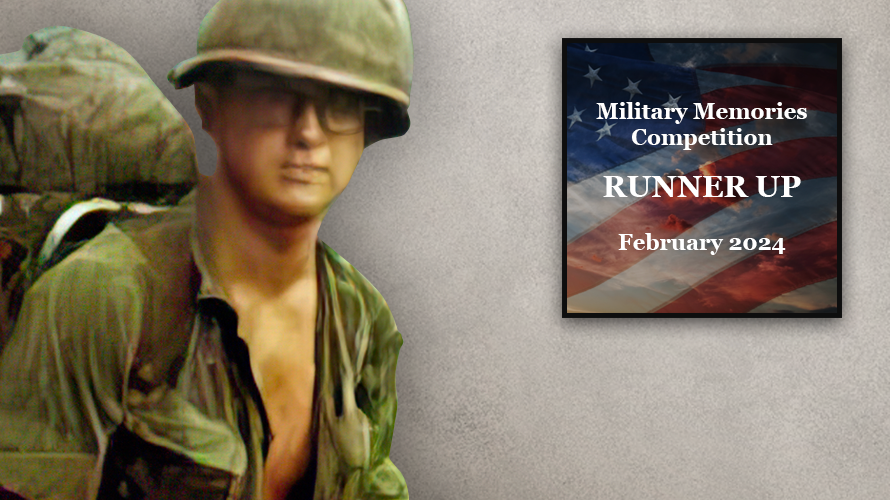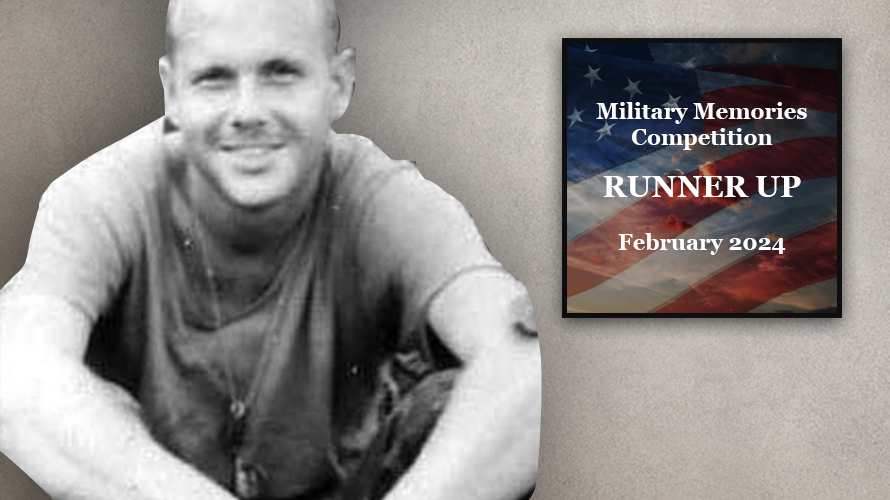What memorabilia/souvenirs have you kept from your military service? What special meaning do these have for you?:
Broken Glass
It took place in anticipation of an IG inspection of our AIT (Advanced Individual Training) barracks Fort Dix, New Jersey back in 1968. I d been in the Army for only eight weeks, having recently completed basic training.
